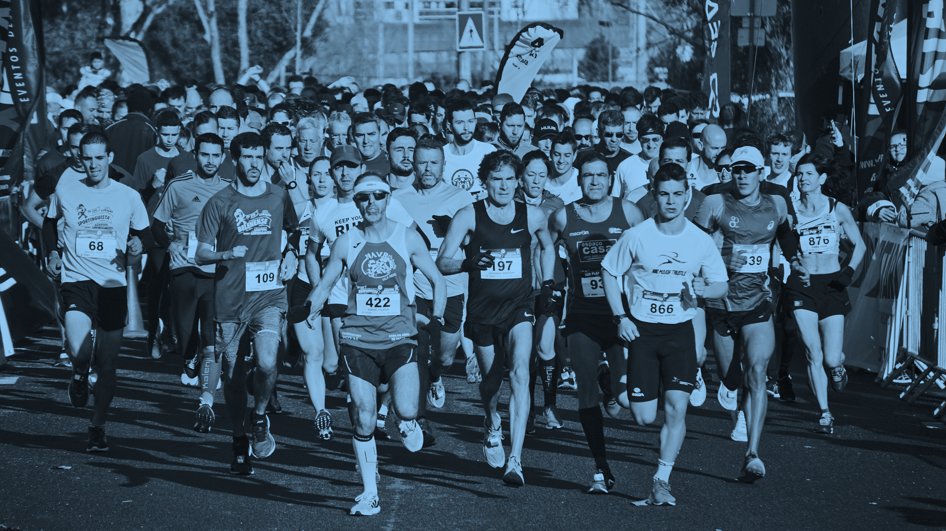The cycling world has been startled by the dramatic crash of Fabio Jakobsen and Dylan Groenewegen in the Tour of Poland. In a full sprint Groenewegen deviates from his line, causing Jakobsen to crash to a halt against the boarding. Luckily Jakobsen’s situation appears to be no longer life threatening, but it could certainly have ended much worse for the sprinting talent of Deceuninck-Quickstep. The question now being asked is: to what extent can the organisation of the Tour of Poland be held liable for the accident?
Course
Cycling is a special sport. It is just about the only sport in which participants race at speeds of up to 100 kilometres per hour (in the downhill), without significant protection for their bodies, on public roads. The organizer of a cycling race is responsible for the safety of the course. Indeed, he chooses which route to follow, and thus which obstacles are on or near that route. Where necessary, the organiser will cordon off the course with fences, to prevent the public from entering the course.
In recent years there has been a lot to do about the dangers of racing on public roads. And it is not the first time that there has been a severe accident in the Tour of Poland. Last year the 22-year-old Belgian Bjorg Lambrecht died when he crashed into a concrete sewer pipe. In the case of Jakobsen’s accident time the finish of a bunch sprint stage was shortly after a descent. The speeds in that bunch sprint were therefore even higher than normal (up to 80 kilometers per hour). In addition, the organisation used fences which may have made the crash even worse.
Is the organizer liable?
The question of whether the organisation is now liable is answered on the basis of the so-called “Basement hatch-criteria” (so called after a case in which a hatch to a basement was left open, and someone fell down). These criteria provide a framework for assessing whether the person who creates a dangerous situation is liable for the damage caused as a result. The criteria are
- How likely was it that the victim was not sufficiently attentive and careful?
- What are the chances of accidents resulting from this?
- How serious can the consequences be?
- How objectionable is it to take measures?
If you list the criteria, you would come to the following conclusion in this situation:
- The chance that a rider in a full sprint doesn’t pay enough attention is quite big, it’s all about the win.
- The chance of a fall is relatively high.
- The consequences can be very serious.
- Setting up a safe boarding (and moving the course to a location where the expected finish speed is lower) is not very difficult.
Seen in this light, there are many arguments in favour of liability on the part of the organiser. But now it gets complicated.
Cause
This accident is not caused by the organiser. Jakobsen falls because he loses his balance after contact with Groenewegen.
It seems that Groenewegen deviates from his line during the sprint. He makes two moves to the right. This is against the rules, precisely because it can lead to dangerous situations for other sprinters. So the direct cause of the crash is not the course, or the boarding, but the fact that two riders in a sports situation do everything they can to win and touch each other. So you can certainly wonder if there is a so-called condicio sine qua non connection between the poor boarding and the crash.
The crash seems to be aggravated by the high speed due to the course, and by the bad boarding, but that is another issue. If the organizer would be liable, he will not be liable for the entire damage of Jakobsen. The organizer is then only liable for the damage caused by the higher than normal sprint speed and the poor boarding.
It is virtually impossible to prove that such additional injury actually exists. The question then is: what would the damage have been if there had been better boarding, or a finish at another location (not after a descent)? After all, even then there would have been a crash, but then the consequences would probably have been less serious. These questions cannot be answered. What is clear is that you don’t change the fact that cycling is a dangerous sport on public roads, where crashes regularly occur.
Conclusion
The organizer of a sports event is responsible for the safety of the course. If the course is dangerous, the organiser must take measures to make it safe. In this case, it is very questionable whether the organiser is responsible for the crash.
I do think that the organizer has done too little to limit the consequences of a crash. In particular, the type of boarding, intended to keep the audience at a distance, in itself creates an unsafe situation. The additional damage caused by this should probably be borne by the organiser in the Netherlands.




